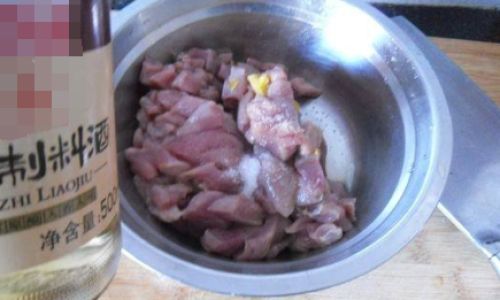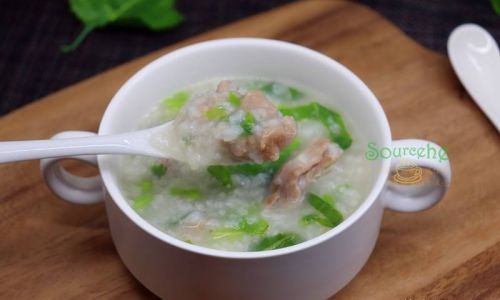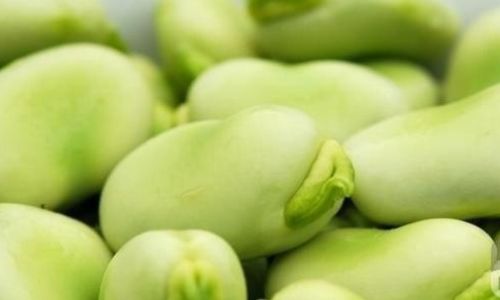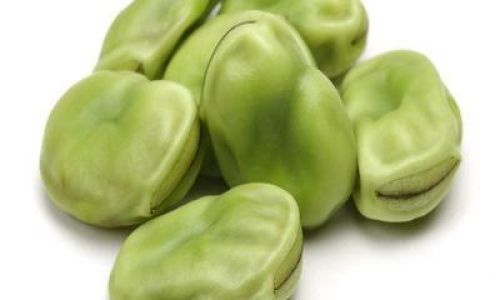Table of content
Stir-frying, a cornerstone of Asian cuisine, transforms simple ingredients into culinary masterpieces through precision, heat, and technique. Among the many proteins suited to this method, pheasant—a lean, wild game bird—stands out for its rich, earthy flavor and tender texture when cooked correctly. This article delves into the intricacies of preparing stir-fried pheasant, a dish that balances bold seasonings with the bird’s natural delicacy. Whether you’re a seasoned home cook or a curious food enthusiast, this guide will equip you with the knowledge to elevate your stir-fry game.
Understanding Pheasant: A Primer
Pheasant, a member of the pheasant family, is prized for its lean, dark meat, which boasts a gamey depth akin to quail or duck but with a milder profile. Unlike farm-raised poultry, wild pheasant spends its life foraging, resulting in meat that is firmer and more flavorful. However, this also means it requires careful preparation to avoid dryness. Farm-raised pheasant, while less intense in flavor, offers a more consistent texture and is often easier to source. Regardless of origin, the key to a successful stir-fry lies in marinating the meat to tenderize it and building layers of flavor through aromatic ingredients.

Ingredients: The Foundation of Flavor
To create a memorable stir-fried pheasant dish, gather the following components:
-
Protein:
- 1 whole pheasant (approximately 2–2.5 lbs), skinned, deboned, and cut into bite-sized pieces.
- Substitution: If pheasant is unavailable, use boneless, skinless chicken thighs for a similar texture.
-
Vegetables:
- 1 medium onion, thinly sliced.
- 2 bell peppers (red, yellow, or green), julienned.
- 1 cup snow peas or sugar snap peas, trimmed.
- 4–5 garlic cloves, minced.
- 2-inch piece of fresh ginger, peeled and grated.
- 2–3 dried red chilis (optional, for heat).
-
Aromatics and Seasonings:
- 3 tbsp vegetable oil (peanut or canola work best for high heat).
- 2 tbsp soy sauce (use tamari for gluten-free).
- 1 tbsp Shaoxing wine (or dry sherry).
- 1 tbsp oyster sauce.
- 1 tsp sesame oil.
- 1 tsp sugar (or honey for a touch of sweetness).
- 1 tsp cornstarch (for marinating).
- 1 tsp Sichuan peppercorns, lightly toasted and ground (optional, for a numbing spice).
-
Garnishes:
- Fresh cilantro or thinly sliced green onions.
- Toasted sesame seeds.
- Lime wedges (for acidity).
Equipment: Tools of the Trade
- Wok or Large Skillet: A wok’s rounded base and high sides distribute heat evenly, ideal for stir-frying. A 12-inch cast-iron skillet is a suitable alternative.
- Chef’s Knife: For precise slicing and dicing.
- Cutting Board: Use a plastic board for poultry to prevent cross-contamination.
- Mixing Bowls: One for marinating the meat, another for prepped vegetables.
- Spider Strainer or Tongs: For tossing ingredients without damaging the wok’s seasoning.
Preparation: The Key to Perfection
Deboning and Cutting the Pheasant
- Deboning:
- Begin by removing the breasts and legs from the carcass. Use a sharp boning knife to separate the meat from the bones, working close to the skeleton to minimize waste.
- Trim any excess fat or sinew, as these can toughen during cooking.
- Cutting:
- Slice the meat into thin, uniform strips (approximately 2 inches long and ¼ inch thick). Uniformity ensures even cooking.
- Pro Tip: Partially freeze the pheasant for 20–30 minutes before slicing to achieve cleaner cuts.
Marinating the Meat
In a bowl, combine the pheasant strips with:

- 1 tbsp soy sauce.
- 1 tbsp Shaoxing wine.
- 1 tsp cornstarch.
- 1 tsp sesame oil.
- 1 tsp grated ginger.
Toss gently to coat, then marinate for 15–30 minutes at room temperature (or up to 4 hours refrigerated). The cornstarch creates a protective coating, while the soy sauce and wine infuse the meat with umami and acidity.
Prepping Vegetables and Aromatics
- Vegetables: Slice onions, bell peppers, and peas into uniform pieces to ensure they cook evenly.
- Aromatics: Mince garlic and ginger finely; they will form the flavor base of the dish.
- Chilis: If using dried chilis, rehydrate them in warm water for 10 minutes, then slice into thin rings.
Cooking: The Dance of Fire and Motion
Stir-frying is a rapid-cooking technique that requires constant motion and high heat. Follow these steps for optimal results:
Heating the Wok
- Place the wok over high heat until it begins to smoke. Add 1 tbsp of oil and swirl to coat the surface.
- Why high heat? It sears the meat quickly, locking in juices and creating a caramelized crust.
Stir-Frying the Aromatics
- Add the minced garlic, ginger, and dried chilis (if using) to the hot wok. Stir-fry for 10–15 seconds until fragrant but not browned.
- Caution: Garlic burns easily; keep the wok moving.
Cooking the Pheasant
- Remove the meat from the marinade (reserve the liquid) and add it to the wok in a single layer. Let it sear undisturbed for 30 seconds to develop color, then stir-fry for 2–3 minutes until cooked through.
- Pro Tip: Overcrowding the wok will steam the meat instead of searing it. Cook in batches if necessary.
Adding Vegetables
- Push the meat to one side of the wok and add the remaining 2 tbsp of oil. Toss in the onions, bell peppers, and peas. Stir-fry for 2–3 minutes until crisp-tender.
- Order matters: Hardy vegetables like onions go first, followed by quicker-cooking items like peas.
Combining and Seasoning
- Pour the reserved marinade into the wok, along with the oyster sauce, sugar, and Sichuan peppercorns (if using). Toss vigorously to coat everything in the sauce.
- Deglaze: Scrape any browned bits from the bottom of the wok to incorporate into the dish.
Finishing Touches
- Drizzle with sesame oil and adjust seasoning with soy sauce or a pinch of salt if needed.
- Remove from heat immediately to prevent overcooking.
Plating and Serving
Transfer the stir-fried pheasant to a serving platter and garnish with cilantro, sesame seeds, and lime wedges. The dish pairs beautifully with:
- Steamed Jasmine Rice: Its fluffy texture complements the bold flavors.
- Stir-Fried Noodles: For a heartier meal, toss the pheasant with lo mein noodles.
- Chilled Beer or Green Tea: To balance the dish’s spice and richness.
Tips for Success
- Marinate Mindfully: The marinade is your first line of defense against dryness. Don’t skip it!
- High Heat, Quick Hands: Keep the wok moving to prevent burning. A wooden spoon or spatula can scratch the surface; opt for metal tongs instead.
- Taste as You Go: Adjust seasonings incrementally to avoid oversalting.
- Customize Your Heat: Omit chilis for a mild dish or add fresh bird’s eye chilis for extra fire.
Variations and Regional Twists
- Sichuan-Style: Double down on Sichuan peppercorns and add doubanjiang (fermented chili bean paste) for a numbing-spicy kick.
- Hunan-Inspired: Incorporate fermented black beans and vinegar for a tangy twist.
- Mediterranean Fusion: Swap soy sauce for lemon juice, add olives, and garnish with feta cheese.
Sustainability Note
If foraging for wild pheasant, adhere to local hunting regulations and seasons. Farm-raised pheasant is widely available and equally delicious, often sold frozen in specialty markets or online.
Conclusion
Stir-fried pheasant is a testament to the magic of simplicity: a few quality ingredients, a blazing-hot wok, and a dash of technique. Whether you’re celebrating a special occasion or craving a weeknight adventure, this dish delivers on flavor, texture, and satisfaction. So, sharpen your knife, fire up the stove, and let the sizzle of the wok transport you to a world where every meal is a feast.





0 comments